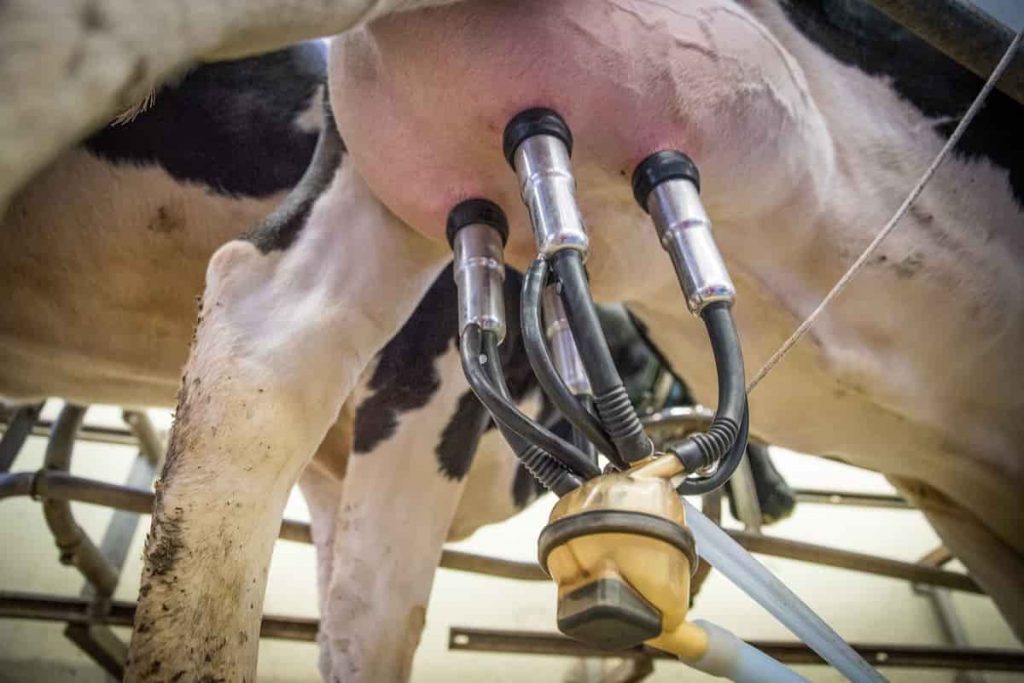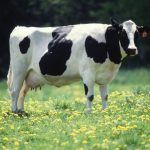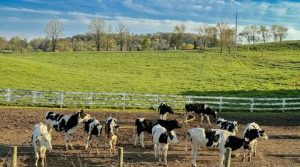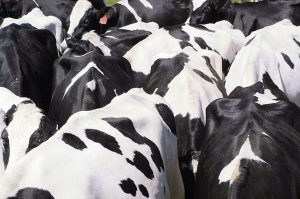
American agriculture has been experiencing labor shortages for many years. Domestic workers left the sector for higher-paying opportunities, and farmers constantly struggle to find people for multiple tasks. While H-2A visas and importing food products from other countries (especially Mexico) are viable alternatives in the short-term, automation is seen as a long run solution to persistent farm labor shortages (Gutierrez-Li, 2021). Machines can be developed to mimic harvesting tasks currently performed by human beings.
In addition, robots can tolerate wider weather conditions (like heat waves, smoke from fires, droughts, or excess rain) and operate for longer hours. Drones and other technologies can harvest fruits and vegetables, apply pesticides, water crops, and transport and pack commodities. If mechanization offers so many benefits, why have farmers not automated more production processes? The answer is simple: costs. Designing, creating, and testing machines involves high R&D investments, meaning the price tag for automation is often cost prohibitive for small and medium-sized farmers.
One major limitation of the current H-2A program is that its use is restricted to seasonal agriculture, putting year-round sectors, like dairy, at a disadvantage. For this reason, dairy farmers have had more incentives to invest in automation, given their inability to access foreign legal labor. To better understand the unique needs and challenges of dairy farmers related to labor, we surveyed dairy producers in Wisconsin and Minnesota, two important milk-producing states. We were interested in learning about the use of automatic milking systems (AMS). AMS use robotic arms to attach teat cups using sensors, yielding a “hands-free” milking process. These technologies are more prevalent in other regions (particularly Europe), where dairy farmers have more readily adopted robots capable of conducting some of the tasks previously performed by humans.
Our survey targeted 2,000 dairy farmers and received 650 responses in January 2023. Of those, only 39 farmers were already using AMS. Most adopters of this technology considered their investment in AMS worthwhile. Some of the benefits mentioned include increasing productivity, reducing the workload of existing workers, allowing owners and workers to plan more efficiently, cows being more comfortable, and farmers not being under the constant stress of finding and managing crews.
You can now read the most important #news on #eDairyNews #Whatsapp channels!!!
🇺🇸 eDairy News INGLÊS: https://whatsapp.com/channel/0029VaKsjzGDTkJyIN6hcP1K






















